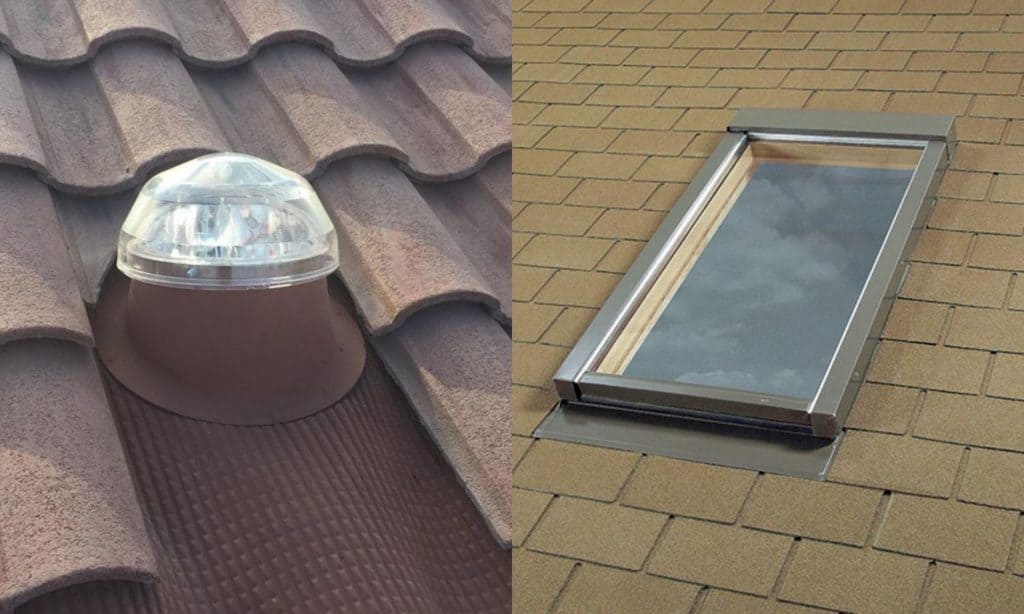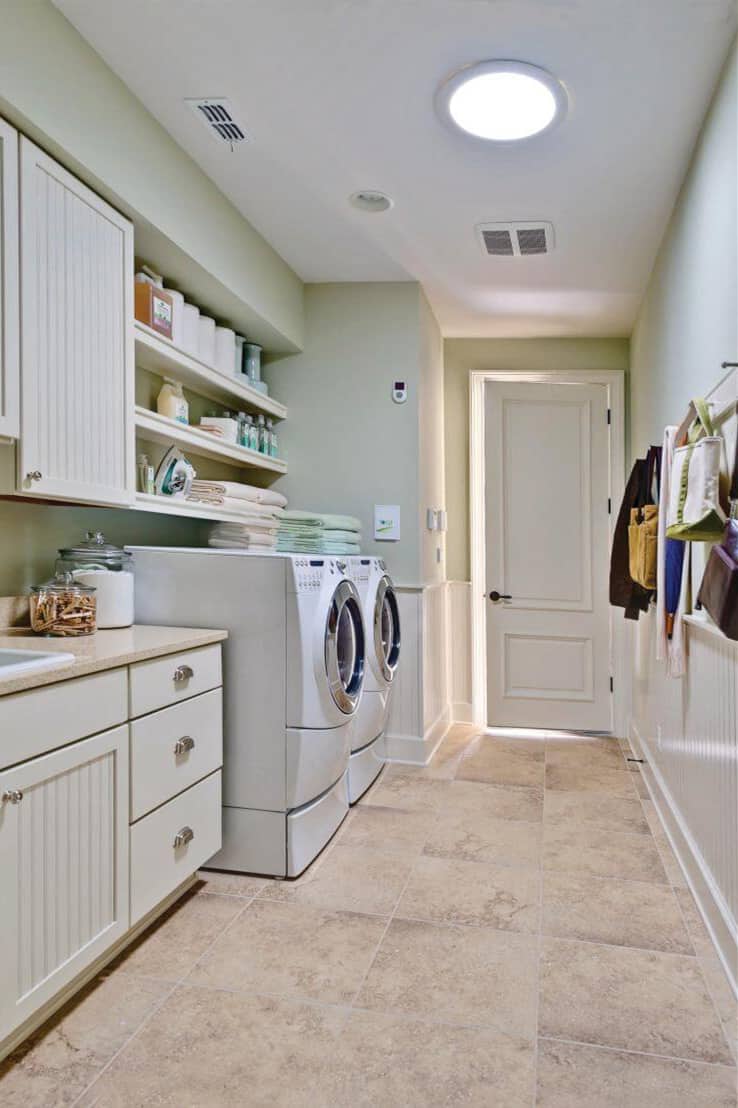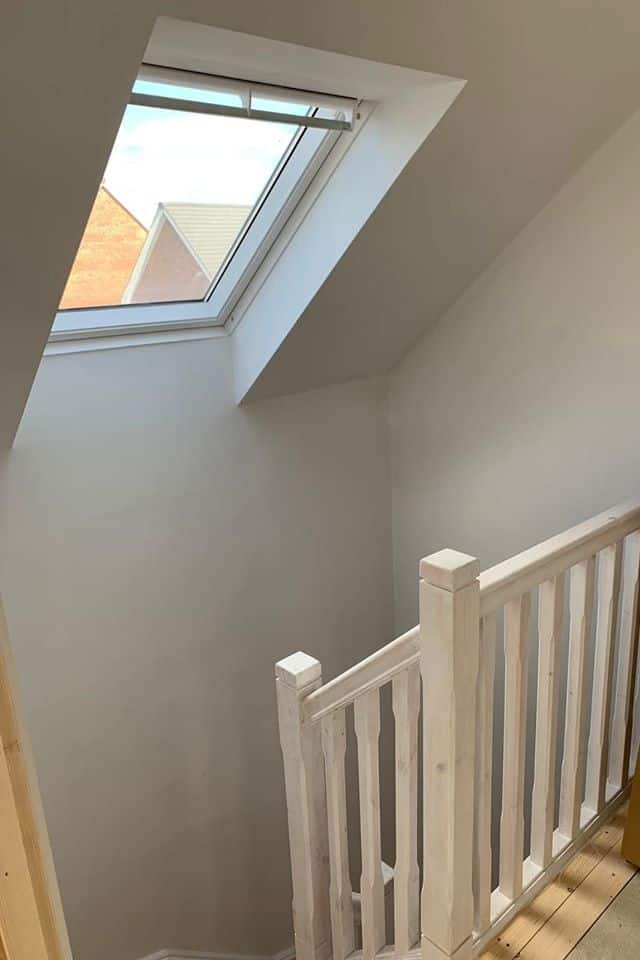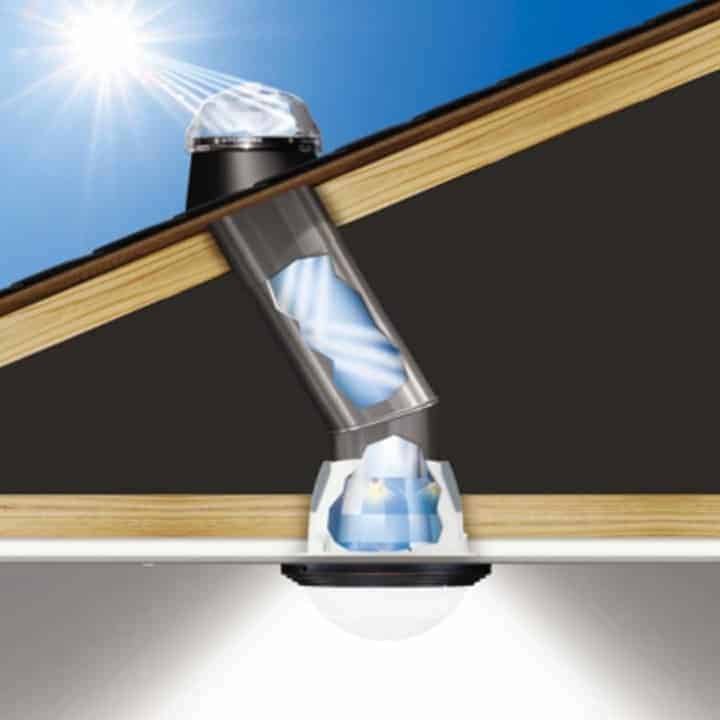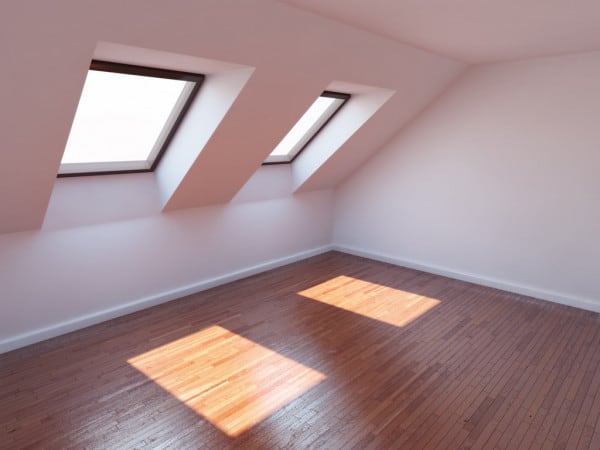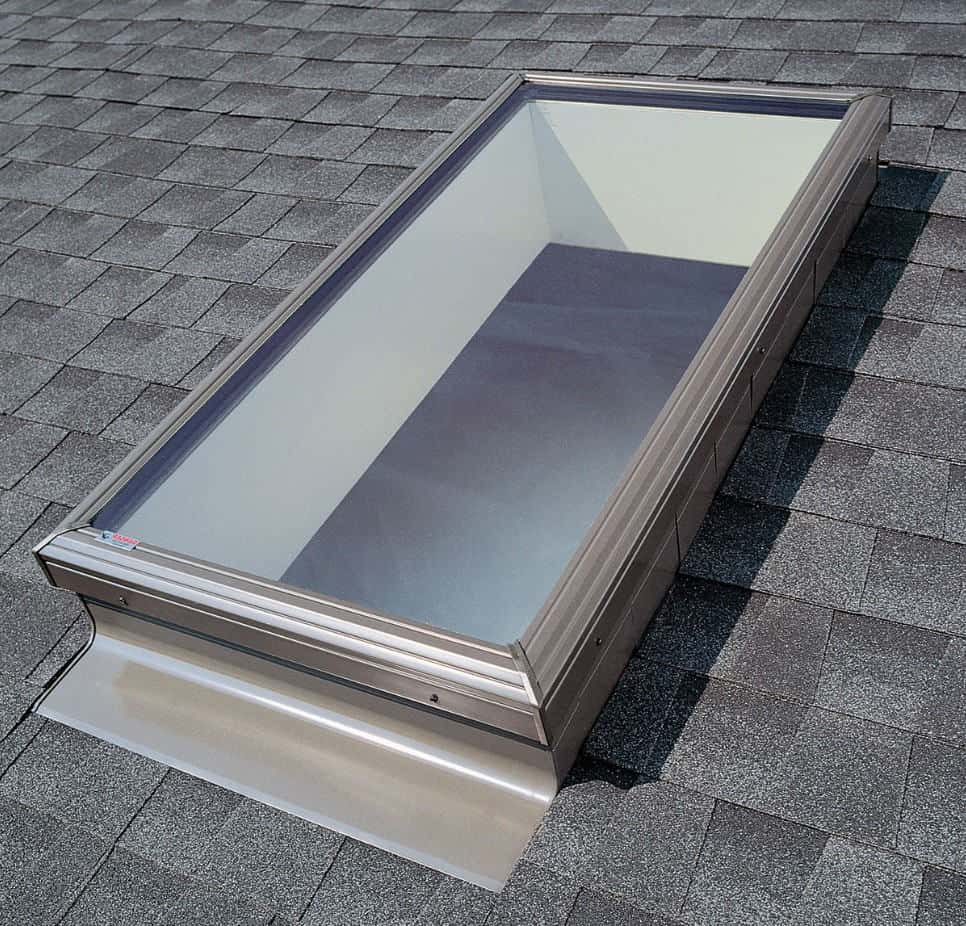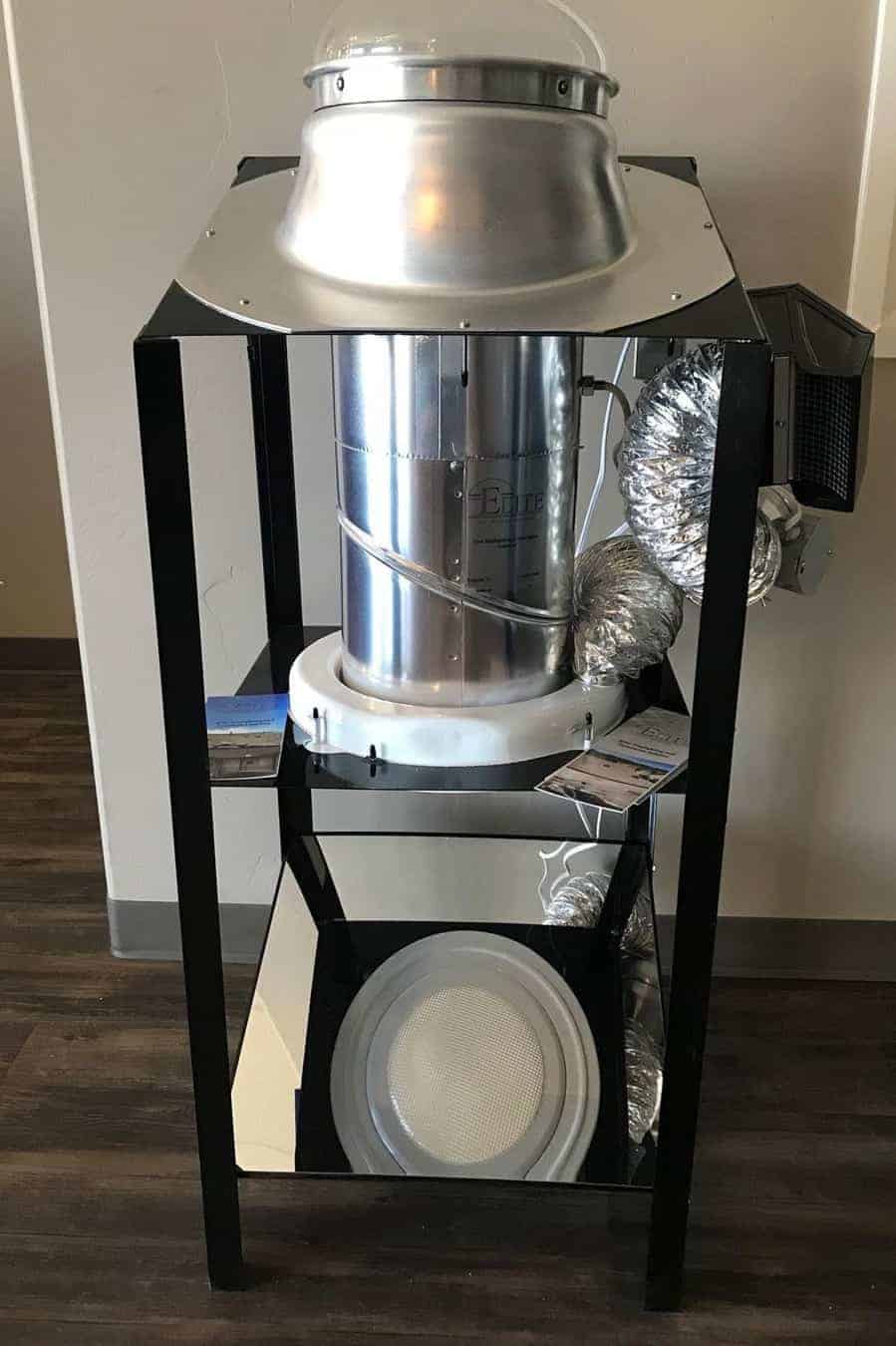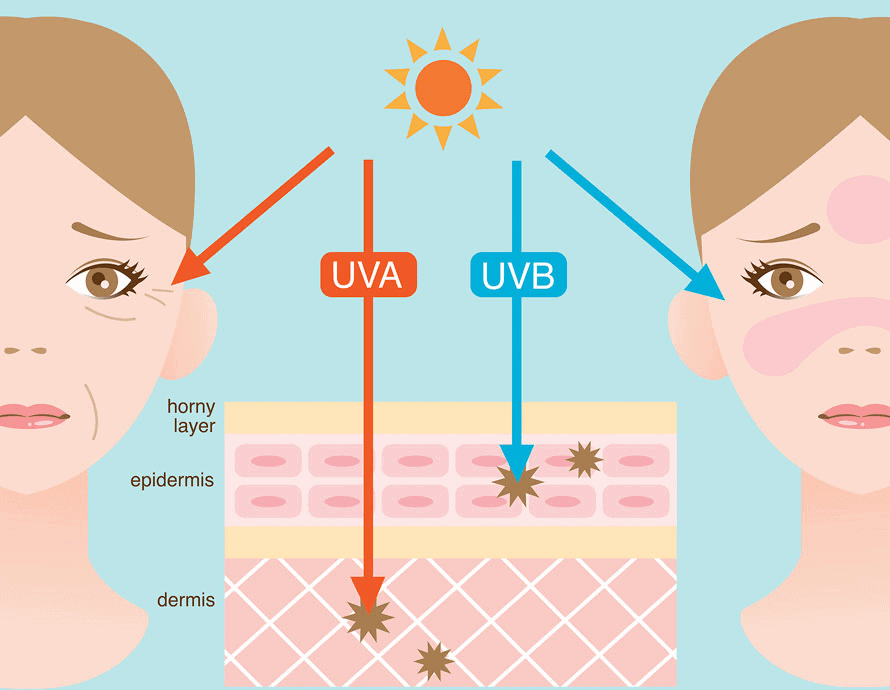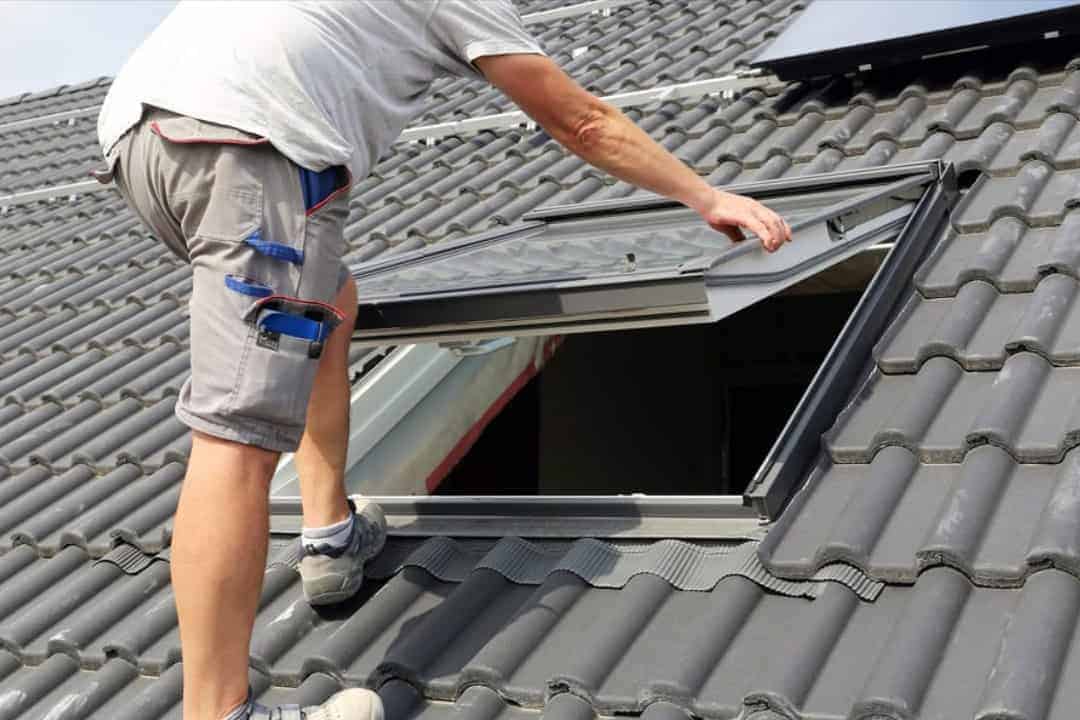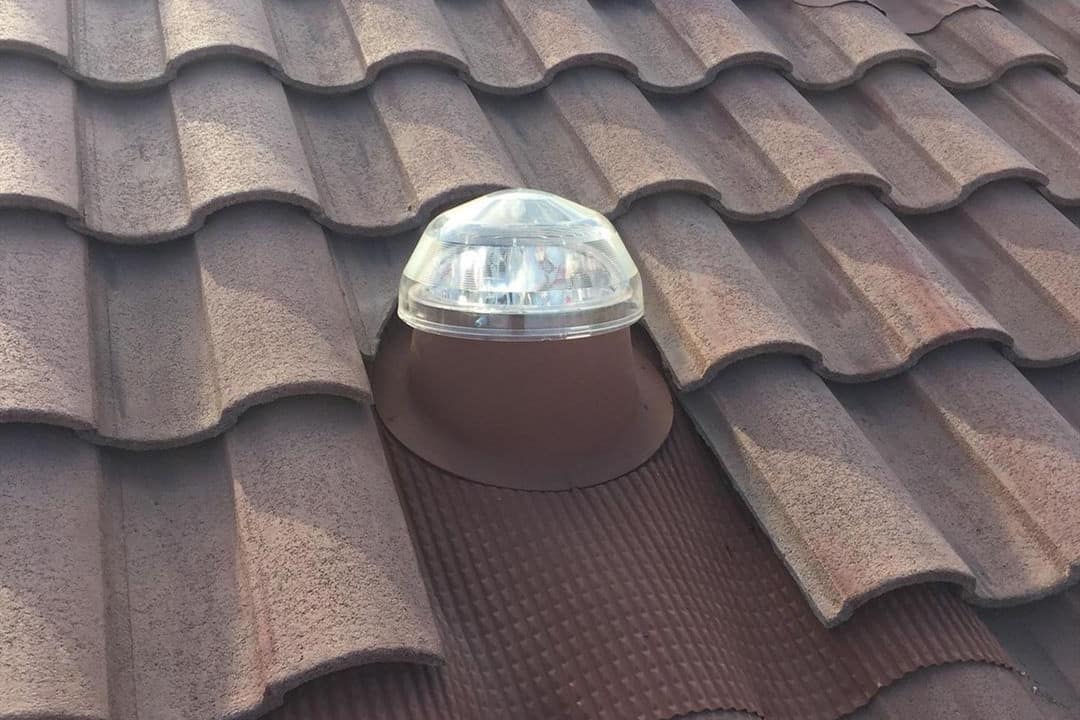Are you planning to cut your power prices by going solar? When you’re a clean energy enthusiast and building a home, one of the challenges you’ll have is deciding between a solar tube and a skylight. The two options are popular among homeowners, but; they have also fueled a heated-up debate of solar tube vs. skylight lighting. Our comprehensive tests and analysis lead us to a clear winner of the war between skylights and solar tubes.
While both the skylight and solar tube provide natural light inside your home, they are far different from each other.
- The solar tube looks like the regular electric fixture on your ceiling, but the skylight is a whole glass window on your ceiling or roof.
- Tubes filter away UV radiation, while the skylights allow it all on your skin.
- Skylights give you a breathtaking view of the sky and can open for ventilation while the tubes provide nothing but light.
- The sun tubes are cheaper and easier to install than conventional skylights.
Solar Tube Vs. Skylight Comparison Table
|
Difference |
Solar Tube |
Skylight |
|
Material |
● Metal flashings |
● Glass or transparent plastic |
|
Design |
● No need for advanced interior finishing |
● Frames of metal, wood, or plastic hold a transparent material on your roof |
|
Costs |
Just about $500 |
The cheapest skylight is about $1200 |
|
Installation |
So easy you can DIY |
Advanced professional designing and installation |
|
Filtering UV Rays |
Blocks all UV radiation |
Allows UV radiation to penetrate your home |
|
Efficiency |
All you get is light, and another radiation is blocked. The quality of light, therefore, is far better. |
The glass allows all the sunlight to penetrate your room. During the hot summers, you may spend lots of money cooling your house. |
|
Mist and internal condensation |
It could become ineffective when mist and water condense inside the tube. |
No enclosure, so no deflection of light by moisture. |
|
View |
You only see the diffused light through the fixture |
You can watch the skyline, shooting stars, moonlight, and clouds live from your rooms. |
|
Extreme Climates |
● Dome can break from thawing during winter. ● Not effective during the night or winter. |
Extreme temperatures may expand and contract the unit and damage it. |
What’s a Solar Tube?
Also known as tubular skylights and sun tubes, solar tubes are domes that capture sunlight and diffuse it in your rooms. The sun tube has a dome at your roof with flashing and metal tubes whose mirror surfaces channel light into your ceiling.
Solar tubes come in a wide variety of sizes and designs. Advanced forms have domes that filter away the UV radiation in sunlight. UV radiation makes things fade and damages your skin. High-end tubes will even bring you the light and filter the heat away.
If you walked into a room that has a solar diffuser, you’d not tell it apart from electric lighting. The fixture disperses light evenly around your house just as an electric bulb does, only better! Light from the solar tube fixture has as much quality as a 300-watt bulb!
What is Skylight?
A skylight is a window on your roof, literally. Just as you have a window on your wall, you place a skylight on your roof to watch the sky.
Skylight gets its name from how it allows you to watch the stars, sun or moonlight, live from your room! They provide you with natural light and a breathtaking view of the sky.
In most cases, the skylight has glass, acrylic glazing, or polycarbonate material as its transparent part. The wooden, vinyl or metallic frames hold the window in place.
As a rule of thumb, the skylight never takes up more than 15% of the room’s area.
Solar Tube Vs. Skylight: The Top 6 Differences
Different Looks
There’s an outright distinction between a solar tube and a skylight. While the former is a fixture or bulb, the latter is window-mounted on the roof!
The “tube,” just as the name suggests, is a cylindrical tube that channels sunlight from a roof into your room. On the outside, the solar tube has a dome- a small opening that captures sunlight. Then, it has a tube inside the sealed space of the ceiling. The bottom end of your ceiling has a fixture similar to the one from grid power.
A skylight, on the other hand, looks like a window that’s been accidentally mounted on the roof. But, it’s far from accidental because it’s meticulously placed between frames with architectural flair.
With the skylight, you get to gaze at the shooting star and illuminate the moonlight at night. And, the sun shines directly into your room, without having to be outdoors. In short, the skylight brings the sky to your room, literally!
Different Material
The materials that make the skylight are different from those in a solar tube. One is a tube, while the other a window!
Skylight material
The skylight is a window with transparent material held to a firm position by strong frames.
The transparent or translucent material can be glass, acrylic glazing, or polycarbonate, depending on the brand. Frames can be wooden, metallic, or plastic.
Glass is dangerous if it were to break from your roof. Broken glasses could cut through your skin and body tissue and cause untold injuries. Fortunately, skylights have tempered or laminated glass that’s sturdier and less dangerous than ordinary windows.
While the conventional glass would break into sharp pieces, broken tempered glass pieces have blunt edges.
Some brands sandwich a layer of polyvinyl butyral (PVB) between two glass panes. When it breaks, the laminated glass shutters, but the pieces stay glued to the PVB film. Laminated glass is what you find on car windows.
Solar tube material
A solar tube consists of a roof dome, extension tubes, and then a diffuser. Of course, each of these parts has its unique material.
The typical roof dome of a tubular skylight has an acrylic dome, sometimes made of polycarbonate at the roof to capture sunlight. The dome is held in position by flashings that prevent any leakages of water into the ceiling.
The tube is usually metallic with mirror-like surfaces to reflect light into the room. Some tubes are rigid, while others are flexible.
Then, at the end of the sun tube is a lense or diffuser that disperses the sunlight evenly around the room.
Filtering harmful radiation
The catch of allowing sunlight into your house is UV radiation. Sunlight is basically extraterrestrial radiation. It carries the light spectrum but also has dangerous radiation in it. If your skylight or sun tubes do not remove these dangerous rays, you could suffer the harsh effects.
UV radiation, for instance, is unneeded in your house. Plants may use it for photosynthesis, but it damages human skin and discolors items. Your furniture, artwork, and fabrics may end up fading away.
Skylights offer a direct gaze into the sky, which means most of the light penetrates your rooms. Solar tubes provide the best UV filtering because they block harmful radiation right at the dome.
How they work
Both the skylight and the solar tube bring sunlight into your house. But, they work on two distinct principles. The skylight is a window from which you can watch the sky, and all light can come to your room.
The tubular skylight capture sunlight and reflect it into your rooms through a fixture. So, their exterior and interior are quite different. Some advanced sun tubes have optical fiber technology.
Different Installation procedure
Both solar light units require extensive labor. But, while you can DIY the solar tube installation, the skylight may need professional handling.
Skylight installation procedure
The solar skylight requires extra carpentry. Indeed, you’ll have to do some critical geometric calculations to place the “roof window” in its best position.
First, have an architectural design in place. The plan helps you understand whether the roof can support a skylight.
Rooms that are adjacent to the roof are easier to install than those in the basement are. However, with careful calculation, you can even build a skylight that runs several feet deep into the lowest grounds of your building. The only catch is that they’ll be expensive.
Flashings prevent leakages on the frames of your skylight. The sheets of metal cover the joints and seam to seal any opening that could leak.
Solar Tube installation procedure
It’s easier to install a solar tube than a skylight. Within three hours, you’ll be looking at the marvel you’ve just created!
First, you cut the hole that will insert the dome and the diffuser. After installing the top and bottom assemblies, set the extension tubes to connect the two. Finally, install the diffuser lenses and watch it glow!
Have a look at our comprehensive step-by-step guide on how to install a solar tube here.
Solar Tube Vs. Skylight FAQs
Should you install a solar tube or a Skylight?
Whether you want a skylight or a solar tube, consider your budget, design, and benefits. Each of these units comes with its unique features and benefits.
If the skylight is too bulky, expensive, and labor-intensive for you, go for the solar tube. Tubular skylights are also ideal for lighting up rooms located on the lower floors of your house. Watching the stars and moonlight from the basement garage is not the cheapest way to do it.
However, if pricing and space are not a problem for you, go for the skylight. You can mitigate the cons by installing UV-resistant glass that can block harmful radiation.
Also, you can have both the skylight and solar tube in your house. Light up your garage with a solar tube and the bedroom with a skylight. It’s entirely yours to pick.
What’s the good and bad of Solar Tube Vs. Skylight?
|
Pros |
Cons |
|
|
Solar Tube |
● Easy to install |
● No sky view |
|
Skylights |
● Increases a room’s aesthetics |
● Adds heat to the room |

